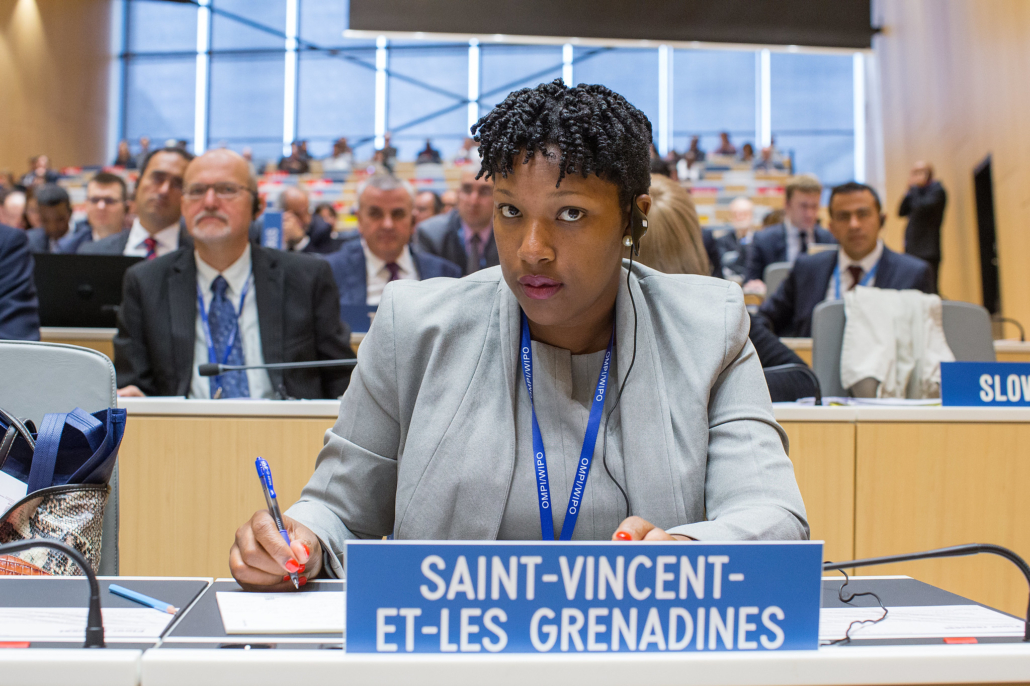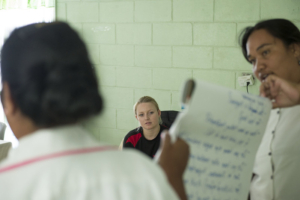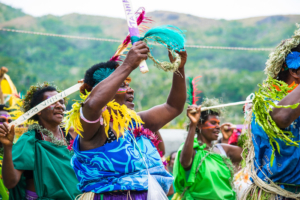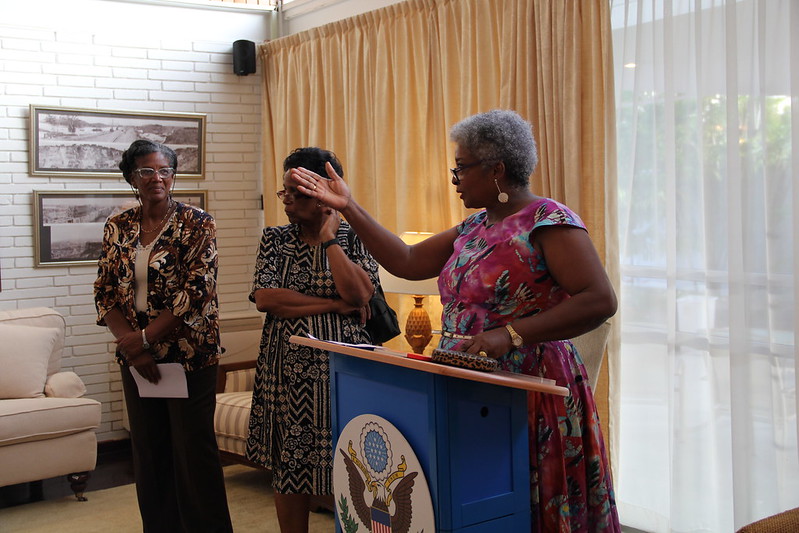
Saint Vincent and the Grenadines, an island country located in the eastern Caribbean Sea, consists of the island of Saint Vincent and the Grenadine Islands. Throughout the past several decades, women’s rights in Saint Vincent and the Grenadines has made progress. With still more work being necessary, Saint Vincent and the Grenadine Islands have made an immense amount of strides to combat women’s rights issues.
Improving Women’s Rights
When it comes to gender equality, Saint Vincent and the Grenadines performs well on the gender scorecard. The country has made several improvements to combat gender inequality, which spans over the past two decades. Looking at women’s rights in Saint Vincent and the Grenadines, economic opportunities, human endowments and voice and agency are among the improvements that this country has made to build on the issue. The economy ranks at 59.8, which means this country has a moderately free economy.
Poverty in Saint Vincent and the Grenadines
Poverty in islands such as Saint Vincent and the Grenadines is prevalent. Based on UNICEF data, in 2016, 30% of individuals living in Saint Vincent and the Grenadines suffered from poverty. The poverty rate in the country is higher than that of other surrounding countries. About 41% of people were more likely to suffer from poverty in female headed households as compared to 31% of male headed households. The COVID-19 pandemic impacted Saint Vincent and the Grenadines and made poverty rates go up, specifically with children. Child poverty rates in Saint Vincent and the Grenadines are projected to increase from 4% to 18% post pandemic.
The Maternal Health Access For Women
In Saint Vincent and the Grenadines, women have prominent access to maternal health care services, leading to 98.6% of births being attended by a health care professional in 2016. This country has tried to reduce the adolescent birth rate and has made progress doing so. The adolescent birth rate is 1.8 per 1,000 women from ages 15-19 as of 2021. Comparing these numbers to 2020, it was 53.58 per 1,000. Through the changes made, it impacts the life expectancy of the population there. The life expectancy at birth in Saint Vincent and the Grenadines has improved from 71.7 years in 2000 to 72.6 years as of 2021. This is a 0.895 increase when comparing the data of life expectancy at birth.
Political Progress
As of February 2024, women occupied only 18.2% of parliament seats. Meanwhile, in 2010, women held only 14.3%. These numbers are low in comparison to its surrounding country, Trinidad and Tobago. As of 2023, 28.6% of women hold the parliament seats in Trinidad and Tobago. Although the numbers vary, the number of women in parliament seats in Saint Vincent and the Grenadines will continue to climb.
Violence Against Women
In Saint Vincent and the Grenadines, gender-based violence has improved through anti-violence campaigns and government initiatives. The 16 Days of Activism against Gender-Based Violence is a campaign that runs from November 25 to December 10. Saint Vincent and the Grenadines participate in this campaign and information is brought to schools to make people aware of why this campaign is important.
A strategy called The Montevideo Strategy is implementing public policies, known as the Regional Gender Agenda, by 2030 to ensure gender equality in the Caribbean. A government initiative called The Gender Affairs Division of Saint Vincent and the Grenadines (GAD), first created in 2001, works to tackle gender-based violence. The GAD consists of a woman coordinator and promotes counseling and contact with other agencies as a way of support and prevention of violence against women. Through GAD, the government built a crisis center for victims of domestic violence in 2012. The center runs a 24/7 hotline as well as houses 10 people for 3 months.
Going Forward
Although women’s rights in Saint Vincent and the Grenadines have made significant progress over the past decades, progress is still continuing to be made. Through economic opportunities, women’s role in government and health care, this country will continue to showcase their value in women’s rights. The government of Saint Vincent and the Grenadines is working to implement legislature to help protect women’s rights in the country. According to 2023 Human Rights Report data, the government put in place anti-violence campaigns in schools and communities as a way to end gender-based violence based on their 16 days of activism campaign. It will not be easy to gain full equality but by these small efforts change is already closer than it appears.
– Kayla Barnak
Kayla is based in Brownstown, MI, USA and focuses on Good News and Politics for The Borgen Project.
Photo: Flickr
 Ranked
Ranked 

 Silence is the most powerful instrument of oppression. After regaining
Silence is the most powerful instrument of oppression. After regaining 

 Africa, the world’s
Africa, the world’s 

